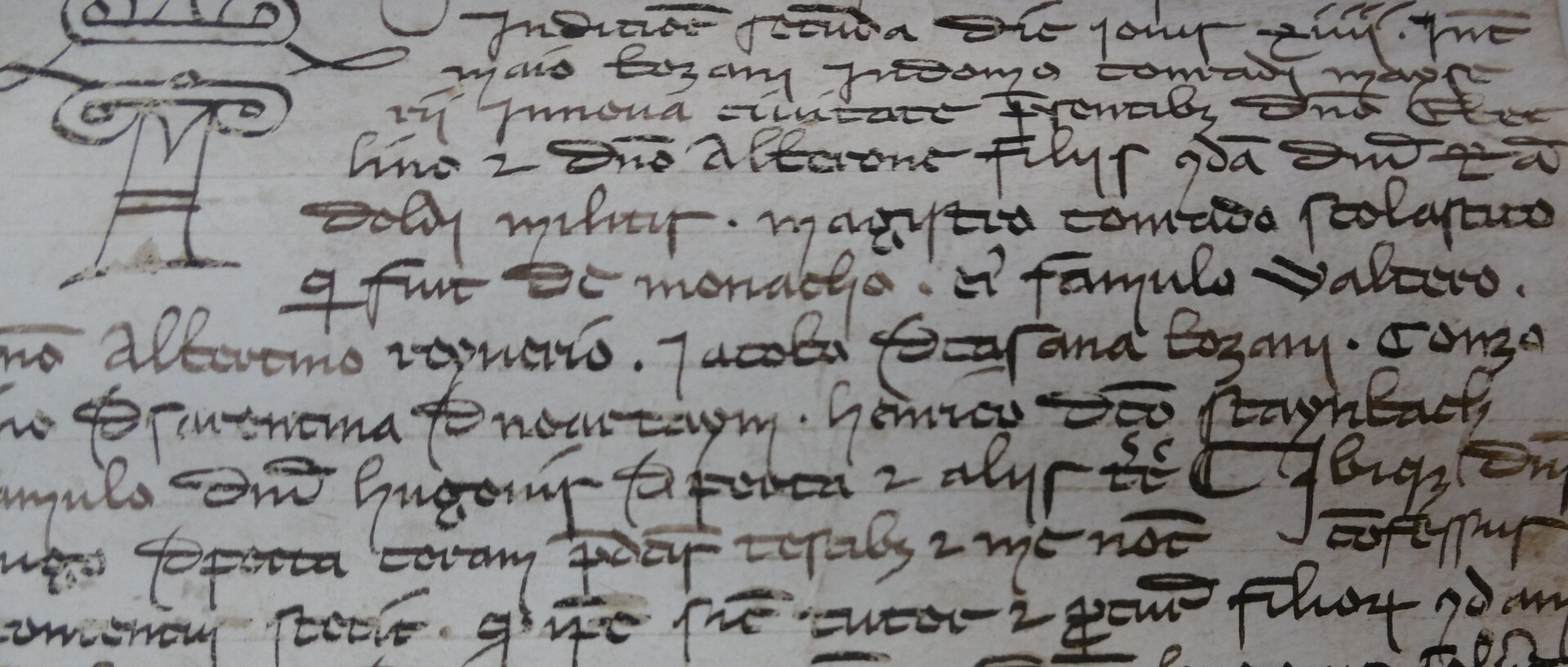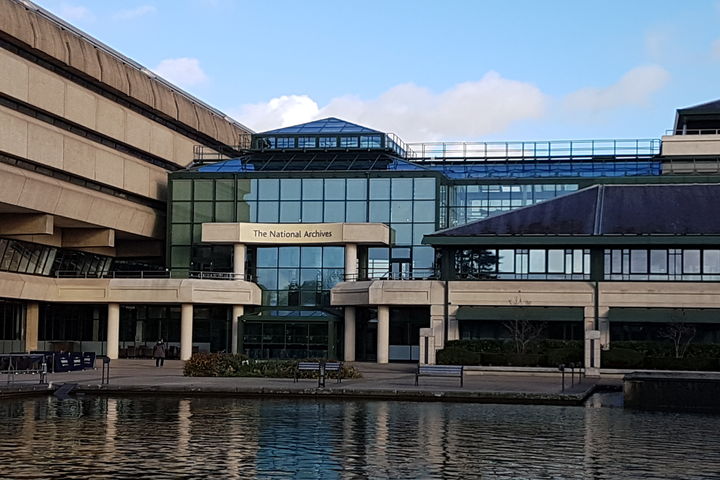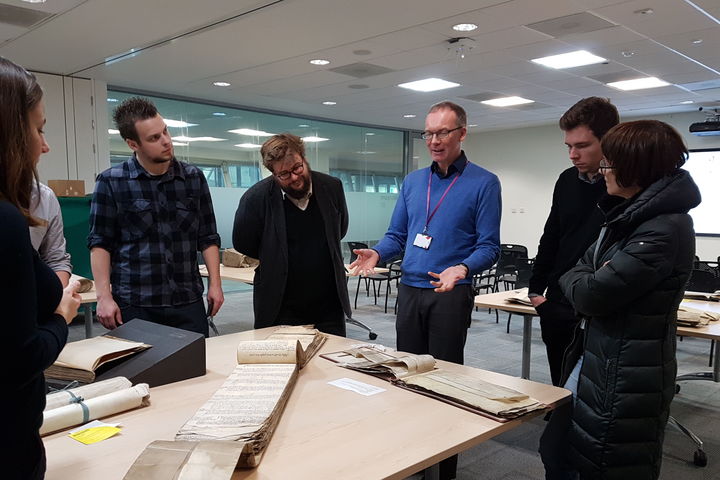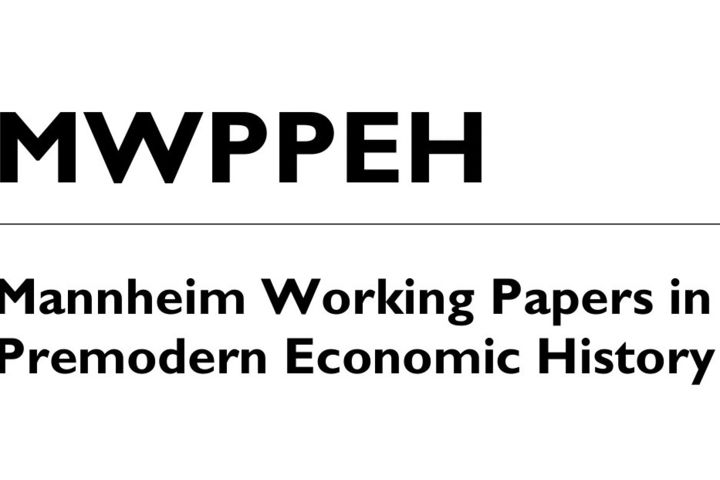DFG-project: small-scale credit and market participation
Project
The project adds to our understanding of the history of microcredit in the pre-modern era. It investigates the role of small scale loans for the economic and social life of late medieval and early modern societies. The research-led hypothesis that social coherence can be generated essentially through market participation was promoted in recent research by historians of the Early Modern and Modern periods, such as Fontaine, Schlumbohm, Clemens. We want to find out, whether this thesis holds good for medieval societies as well. We do so in three case studies and analyse archival material from geographically and socially very different regions in Europe.
Subproject 1 (Skambraks/Schniggendiller) evaluates ecclesiastical administration of the cathedral of St. Paul`s, London and examines the role of the urban clergy as small scale lenders and borrowers. Subproject 2 (Kümper/Gussone) evaluates accounting books from the north-west German cities of Bocholt, Kalkar and Wesel that allow insights into micro loans amongst the citizens. Subproject 3 (Kehnel/Köhler) examines small-scale loans in rural areas from Tyrolean accounting and notary books (Raitbücher), in concentration on ducal loan-institutions, addressed as casanae or gazane in the sources. These are probably the earliest pawnshops in Europe. With this subproject the Historical Institute Mannheim further promotes an already existing research focus on the early history of pawnshops, that is currently dealt with by Tanja Skambraks in her Habilitationsprojekt on the Italian Monti di Pieta since 2014.
The main problem of the research on micro-credit relationships in medieval societies has been the lack of sources, since everyday economic practices of mutual debt usually run informally and have not been documented. In recent years, however, the discussion has been stimulated by new impulses, particularly in the area of urban practices by Fouquet, Signori, Glimomen et al. Our research project wants to add to this research direction with the exemplary analysis of sources that so far have not been used for this purpose.



